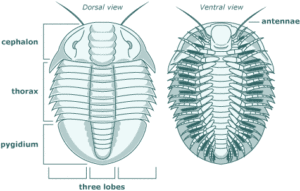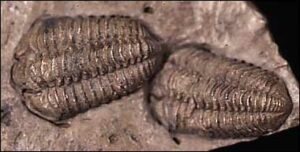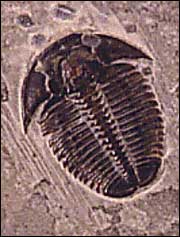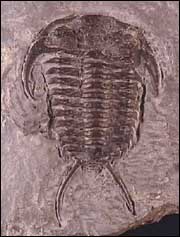The ability to understand evolutionary tree graphics and use them to organize one’s knowledge of biodiversity.
T
translation
Part of the process of decoding an RNA molecule composed of nucleotide bases into a protein composed of amino acids.
transitional forms
Fossils or organisms that show the transformation from an ancestral form to descendant species’ form. For example, there is a well-documented fossil record of transitional forms for the evolution of whales from their amphibious ancestor. For a more detailed explanation, see our resource on transitional forms.
trachea
An internal tube that carries air into the body of an animal for breathing. For example, in humans, a trachea carries air to the lungs; in insects, a network of tracheae carries air directly to tissues throughout the body. (plural = tracheae)
tidal heating
The repeated deformation of a body (for example, a moon) due to tides from another body (for example, a planet), which leads to heating of the former’s interior. Tidal forces arise due to variations in the gravitational forces between bodies. For example, tidal forces from the Moon cause tides in the Earth’s oceans of course, but they also very slightly deform the Earth itself. Tidal heating may have resulted in a water ocean under the ice covering Jupiter’s moon Europa.
thorax
In animals with three body regions, the middle body region, usually between the head and abdomen.
theory
A broad explanation for a wide range of phenomena. Theories are concise, coherent, systematic, predictive, and broadly applicable. They usually integrate many individual hypotheses. A scientific theory must be testable with evidence from the natural world. If a theory can’t be tested with experimental results, observation, or some other means, then it is not a scientific theory.
tetrapod
The animal clade containing vertebrates with sturdy legs (as opposed to fins).
terminal taxon
A clade, species, or lineage that appears at the tip of a phylogenetic tree. Terminal taxa may be extant or extinct.
taxon
(taxa — pl.) Any named group of organisms (e.g., the reptiles, Felidae, beetles, Homo sapiens), whether or not it forms a clade.
transcription
trade-off
In evolution, a situation in which undergoing natural selection improving performance in one arena (e.g., attracting a mate with an extra-long tail) means simultaneously decreasing performance in another arena (e.g., avoiding predation). For more details, read about trade-offs in Evolution 101.
trilobite
Trilobites are an extinct group of arthropods, distinguished by the following characters:
- a body built from a cephalon, thorax, and pygidium
- a body divided into three lobes, running from head to tail
- one pair of antennae

The last trilobites went extinct about 245 million years ago, but they are well represented by the fossil record.



